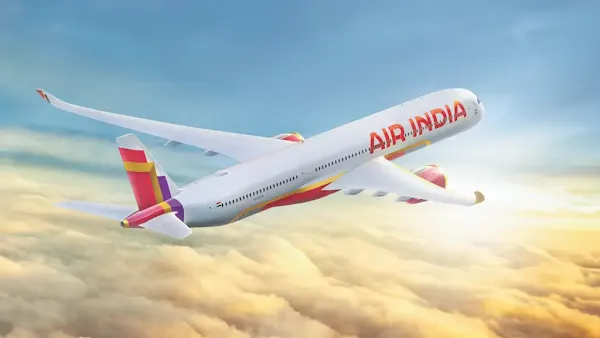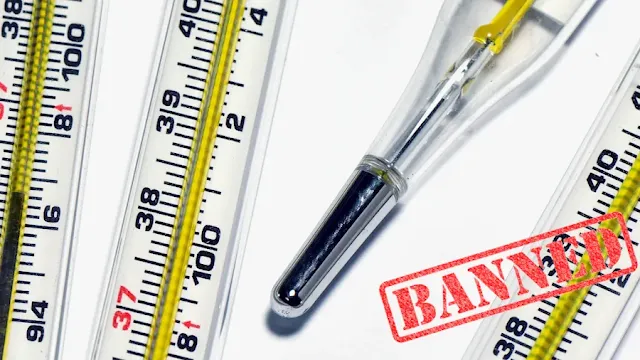Can I Bring Alcohol on a Domestic India Flight?
Traveling with alcohol on domestic flights in India can be confusing due to varying airline policies and regulations. Whether you're planning a trip and want to bring a bottle of your favorite whiskey or are curious about duty-free purchases, understanding the rules is essential for a hassle-free journey. For example, during a recent trip from Mumbai to Delhi, I packed a bottle of wine in my checked luggage for a family celebration, only to realize I needed to double-check the airline’s restrictions to avoid confiscation. This guide clarifies the rules, restrictions, and tips for carrying alcohol on flights within India, ensuring you stay compliant and avoid surprises.
Table of Contents
Can You Carry Alcohol on Domestic Flights in India?
Yes, you can carry alcohol on domestic flights within India, but strict regulations apply. According to the Bureau of Civil Aviation Security (BCAS), passengers may pack up to 5 liters of alcohol in checked luggage, provided the alcohol content is between 24% and 70% by volume (48 to 140 proof). Alcohol exceeding 70% alcohol by volume, such as high-proof spirits, is prohibited due to safety concerns. For detailed guidelines, refer to the Directorate General of Civil Aviation (DGCA) baggage rules.
Alcohol in Carry-On Baggage
Carrying alcohol in your carry-on luggage is permitted but subject to the Transportation Security Administration (TSA)-style liquid restrictions enforced by Indian authorities. Containers must not exceed 100 milliliters (3.4 ounces) each and must fit into a single, transparent, quart-sized, resealable plastic bag. This applies to all liquids, including alcohol. For example, small bottles of liquor or wine meeting these criteria are allowed. Always check with your airline, such as Air India, for specific policies.
Alcohol in Checked Baggage
Checked baggage offers more flexibility for carrying alcohol. You can pack up to 5 liters of alcohol with an alcohol content between 24% and 70% by volume. To prevent breakage, wrap bottles securely in bubble wrap or clothing and place them in the center of your suitcase. For additional tips, see How Much Alcohol Can You Bring Duty-Free to India?. Airlines like IndiGo also provide guidelines on packing restricted items safely.
Tips for Packing Alcohol in Checked Baggage:
- Use sealed, leak-proof containers to avoid spills.
- Wrap bottles in bubble wrap or clothing for protection.
- Place bottles in the center of the suitcase, surrounded by soft items.
- Check airline-specific rules, as some may have stricter limits.
Can You Drink Your Own Alcohol on a Plane?
While you can bring alcohol on a domestic flight in India, consuming your own alcohol onboard is strictly prohibited. Airlines, including Vistara, require that all alcohol consumed during the flight be served by flight attendants. This ensures controlled consumption and maintains safety. Violating this rule may lead to penalties, such as fines, confiscation of the alcohol, or even legal action for public intoxication or interfering with crew duties. For more insights, see discussions on Reddit’s Indian Aviation community.
Duty-Free Alcohol Purchases
Duty-free alcohol purchased at airports can be carried onto flights, but it must comply with the same liquid restrictions for carry-on luggage (100 ml per container in a quart-sized bag). If you’re carrying duty-free alcohol in checked baggage, it counts toward the 5-liter limit. Ensure the bottles are sealed in tamper-evident bags provided by the duty-free shop. For international flights entering India, check the Central Board of Indirect Taxes and Customs for duty-free allowances.
Minimum Drinking Age on Flights
The minimum drinking age for alcohol consumption on flights in India is 19, aligning with India’s legal drinking age in many states, such as Delhi. Flight attendants may request identification to verify your age before serving alcohol. Always carry a valid ID, such as a passport or Aadhaar card, to avoid issues. For more details on India’s drinking laws, refer to Wikipedia’s Alcohol Laws of India.
Frequently Asked Questions
Is it allowed to carry alcohol on flights in India?
Yes, you can carry up to 5 liters of alcohol (24%–70% alcohol by volume) in checked luggage on domestic flights in India. Carry-on alcohol must be in containers of 100 ml or less, fitting into a quart-sized resealable bag.
How much alcohol can you take on a plane to India?
For domestic flights, the limit is 5 liters per passenger in checked baggage, with alcohol content between 24% and 70% by volume. For international flights, check customs regulations for duty-free limits.
Can you take alcohol into India in your suitcase?
Yes, alcohol can be packed in checked luggage, up to 5 liters, with an alcohol content of 24%–70% by volume. Ensure bottles are securely packed to prevent breakage.
Is alcohol allowed in check-in baggage on Air India?
Air India permits up to 5 liters of alcohol (24%–70% alcohol by volume) in checked baggage. Check their baggage guidelines for specifics.
Can I carry alcohol in my cabin bag?
Yes, but only in containers of 100 ml or less, placed in a transparent, quart-sized, resealable plastic bag, per BCAS liquid restrictions.
Can I drink my own alcohol on a flight?
No, consuming your own alcohol on a flight is prohibited. Only alcohol served by flight attendants is allowed to ensure safety and compliance.
Do they check your ID for alcohol consumption on flights?
Yes, flight attendants may check your ID to verify you are at least 19, the legal drinking age in many Indian states, before serving alcohol.
Check out these related articles for more travel tips:
Do You Get Free Alcohol on India Domestic Flights?
Do you get free alcohol on international flights?
Are Drinks Free on Air India International Flights?
Can You Bring Alcohol to Gujarat on an International Flight?
Can I Carry Alcohol on Domestic Flights in India?
Duty-Free Alcohol on Connecting Flights in India















